NYC Congestion Pricing: Week One Results & Mixed Reactions
New York City's congestion pricing program, implemented after years of delays, has completed its first week. The program charges drivers for entering Manhattan's central business district during peak hours, aiming to reduce traffic and fund public transit improvements.
Mixed Reactions from New Yorkers
Reactions have been mixed. Some residents express concerns that the government won't follow through on promised transit improvements, instead simply increasing costs for working-class individuals who rely on driving for work. Others, like software engineer Kevin Graney, support the initiative but wish it extended to the entire island. Concerns about drivers using fake license plates to evade tolls also persist. The city and state are increasing efforts to crack down on this issue. Link to MTA's crackdown on fake plates
Program Details & Goals
The program charges drivers $9 (passenger vehicles), $14 (small trucks/buses), and $21 (large trucks/buses) during peak hours. Low-income drivers can receive a 50% discount after ten trips. Governor Kathy Hochul stated the tolls will generate $15 billion for the Metropolitan Transportation Authority (MTA), improving public transit and reducing traffic congestion. Link to MTA's Congestion Relief Zone
Early Impacts & Future Outlook
Initial data from the Congestion Pricing Tracker, a student-run project, suggests a modest impact on commute times. However, some areas, like the Holland Tunnel, show notable improvements. A valet near the tunnel noted a slight decrease in drivers, primarily from New Jersey. The long-term success of the program hinges on its ability to address the MTA's substantial budget shortfall and improve the safety and reliability of the subway system. Concerns persist over MTA management and safety issues following recent violent incidents on the subway. Link to Congestion Pricing Tracker
International Precedents
New York is the first US city to implement congestion pricing, but other cities like London, Stockholm, and Singapore have seen similar programs reduce traffic and improve public transportation.

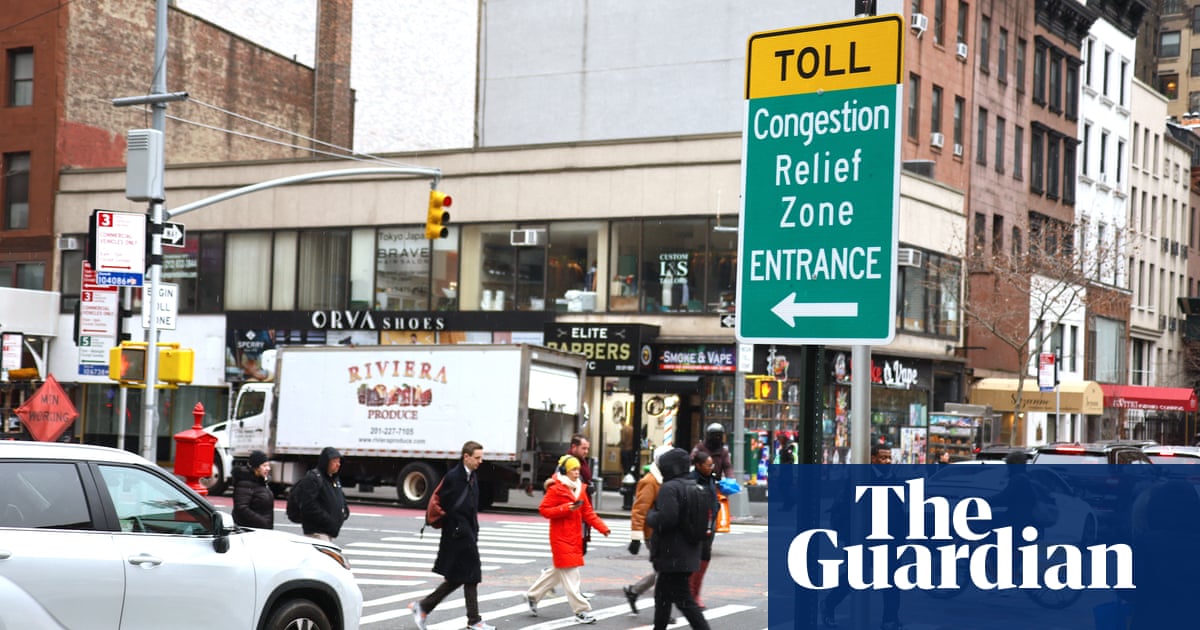


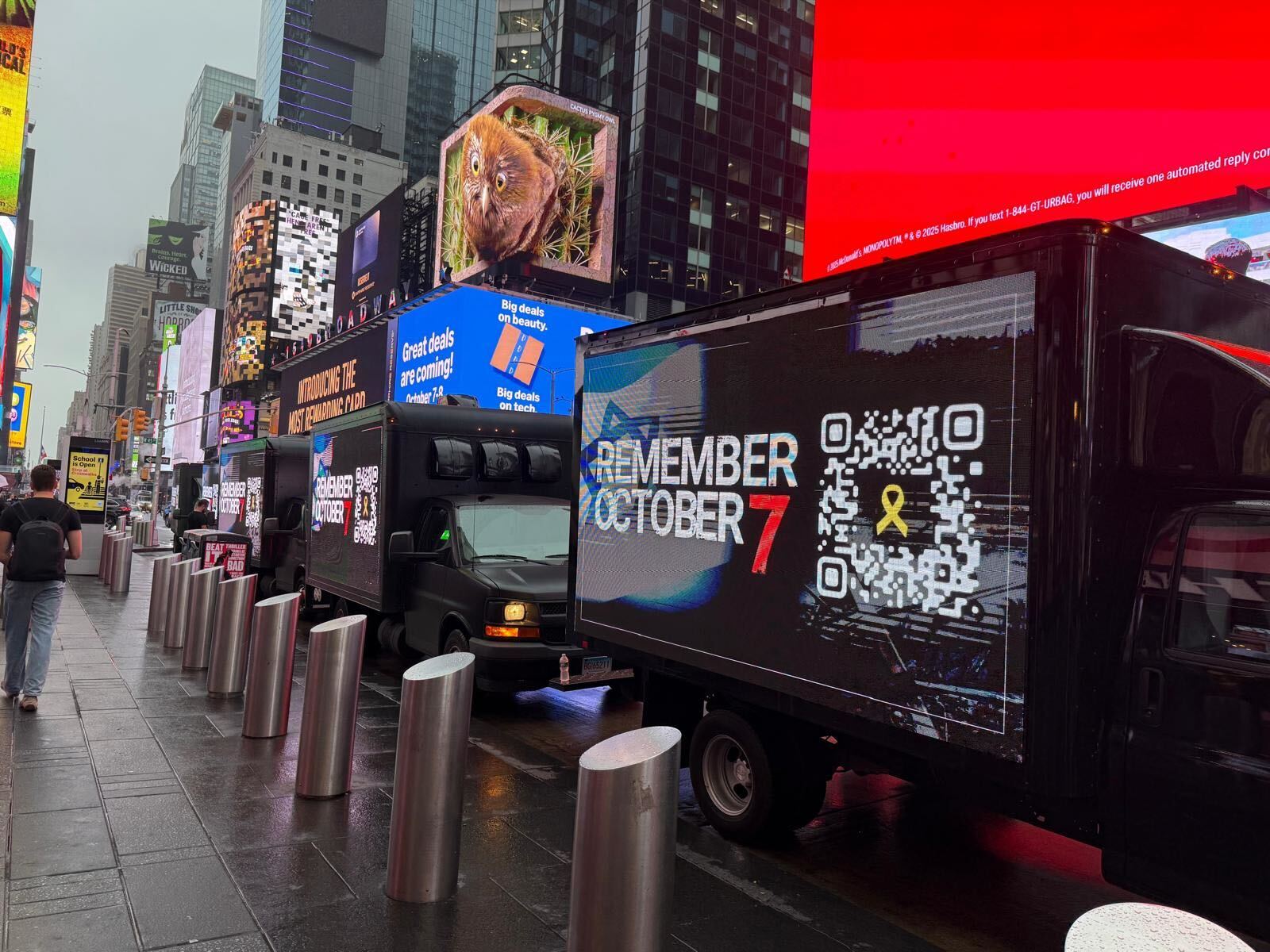


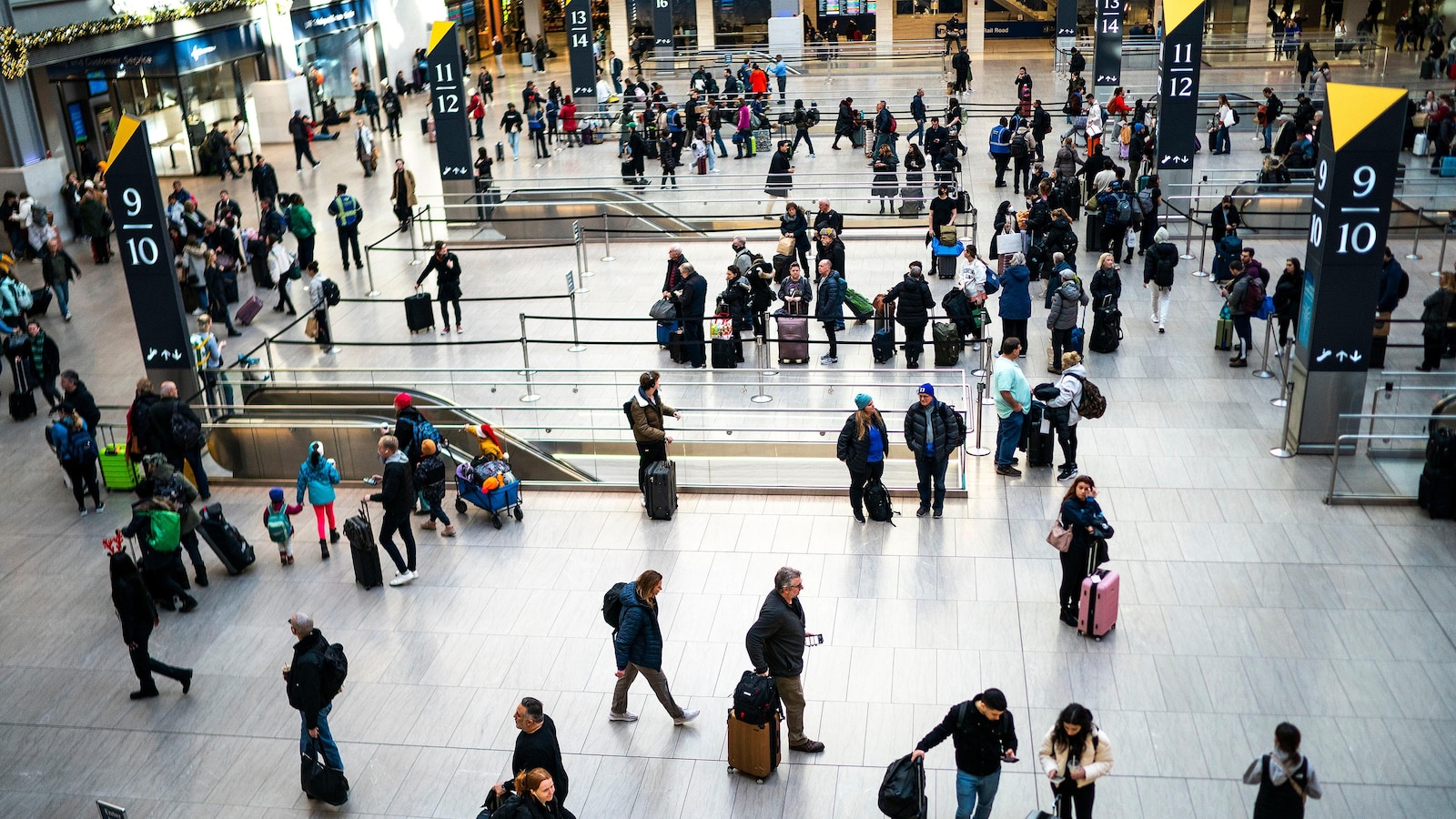

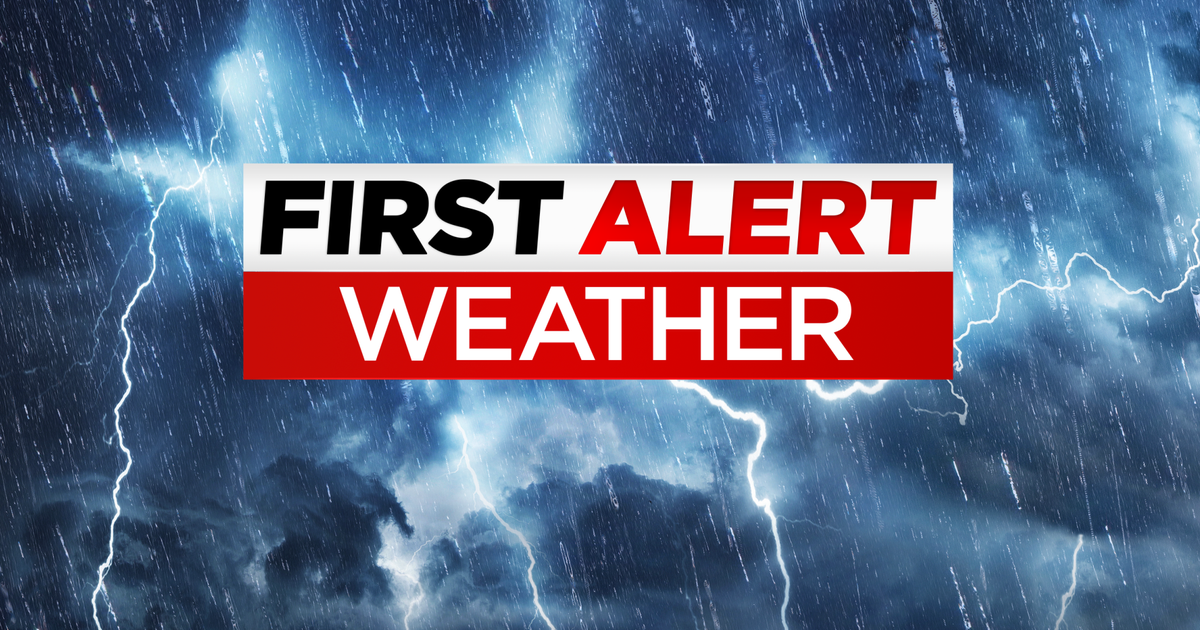
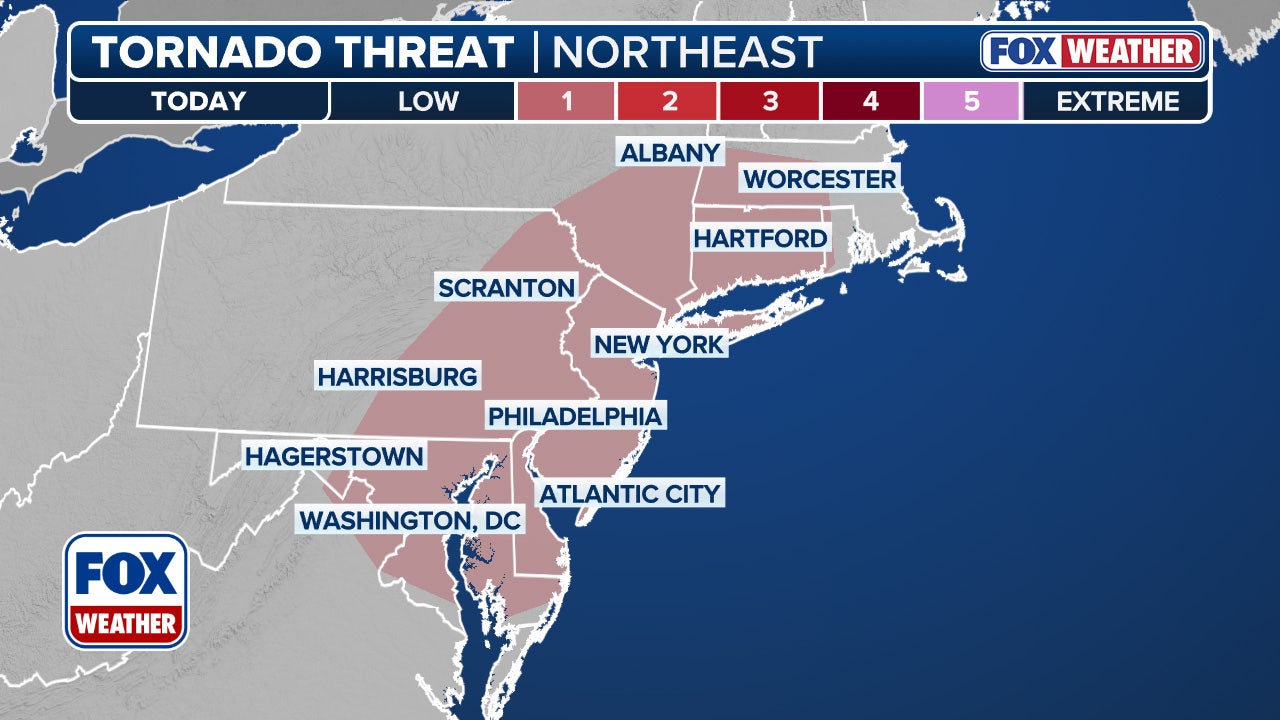
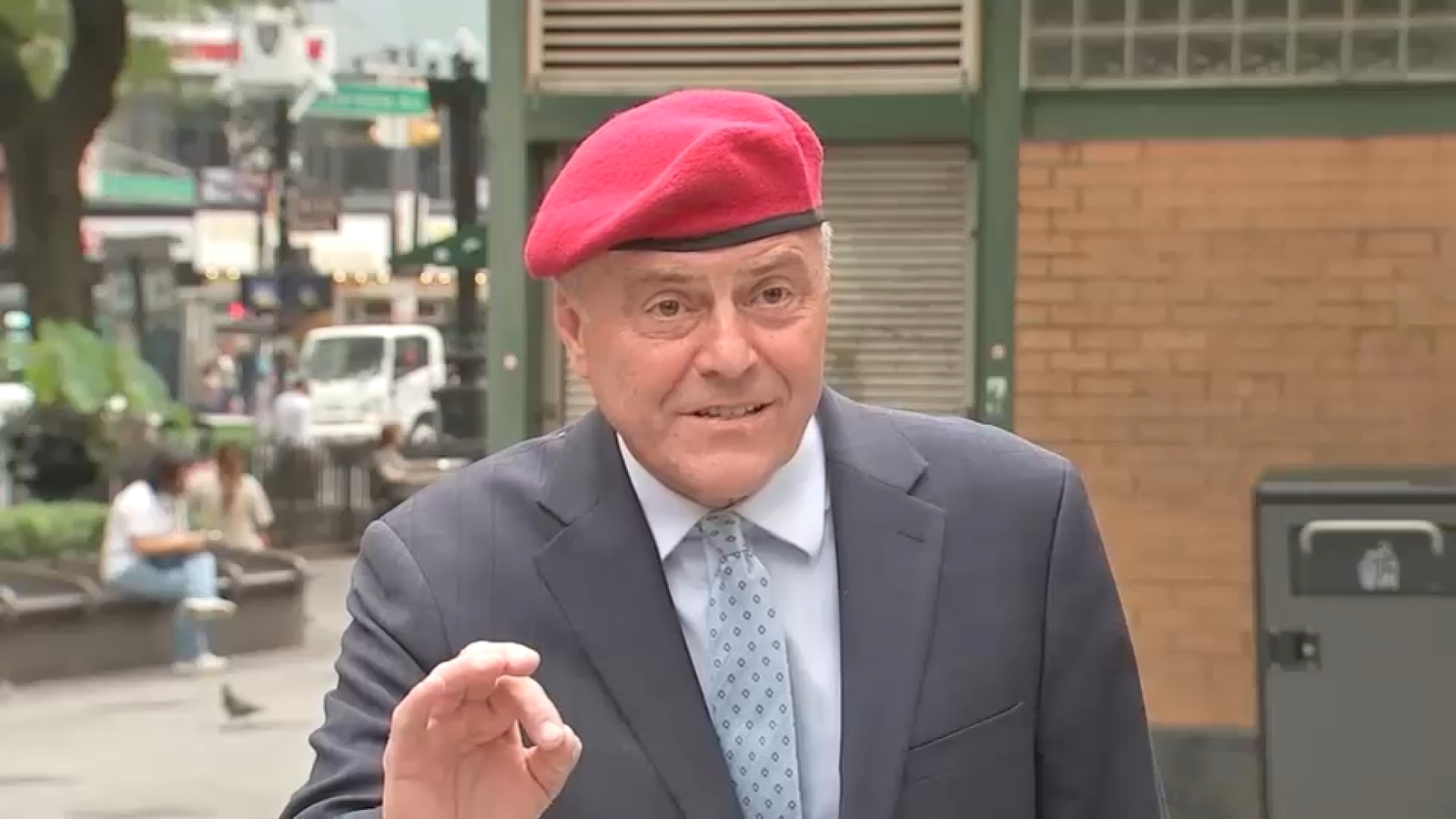



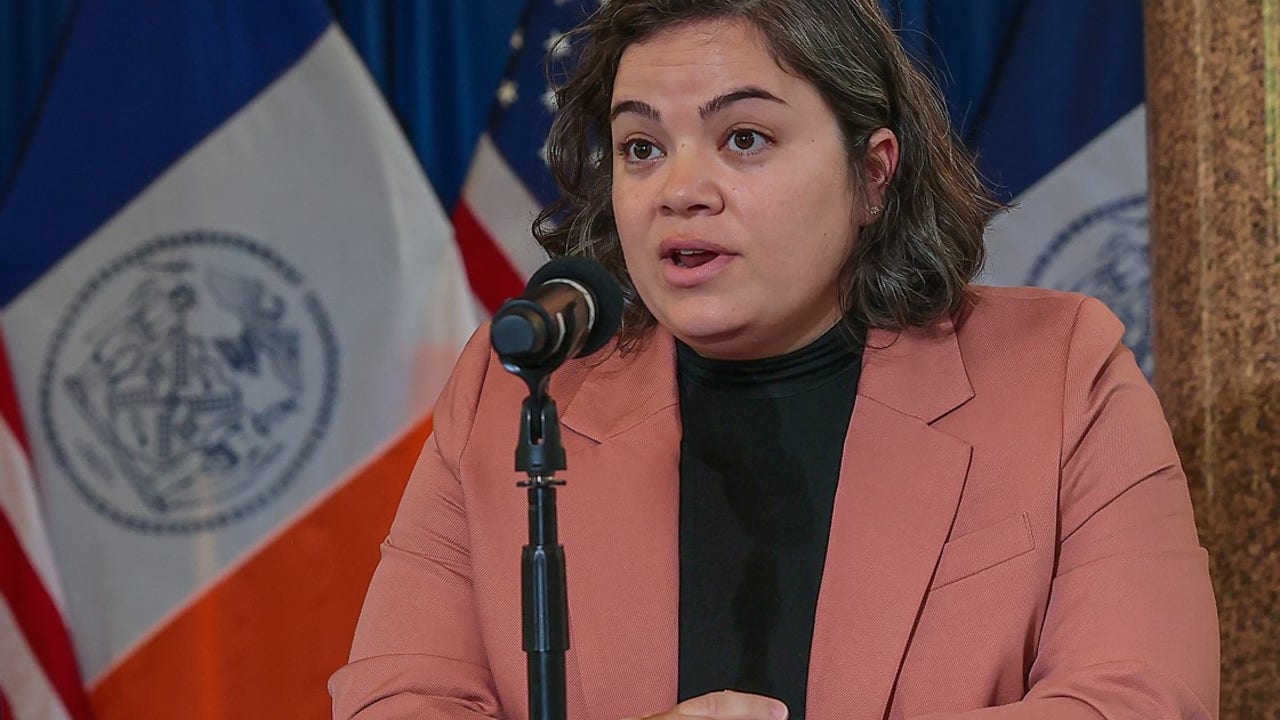



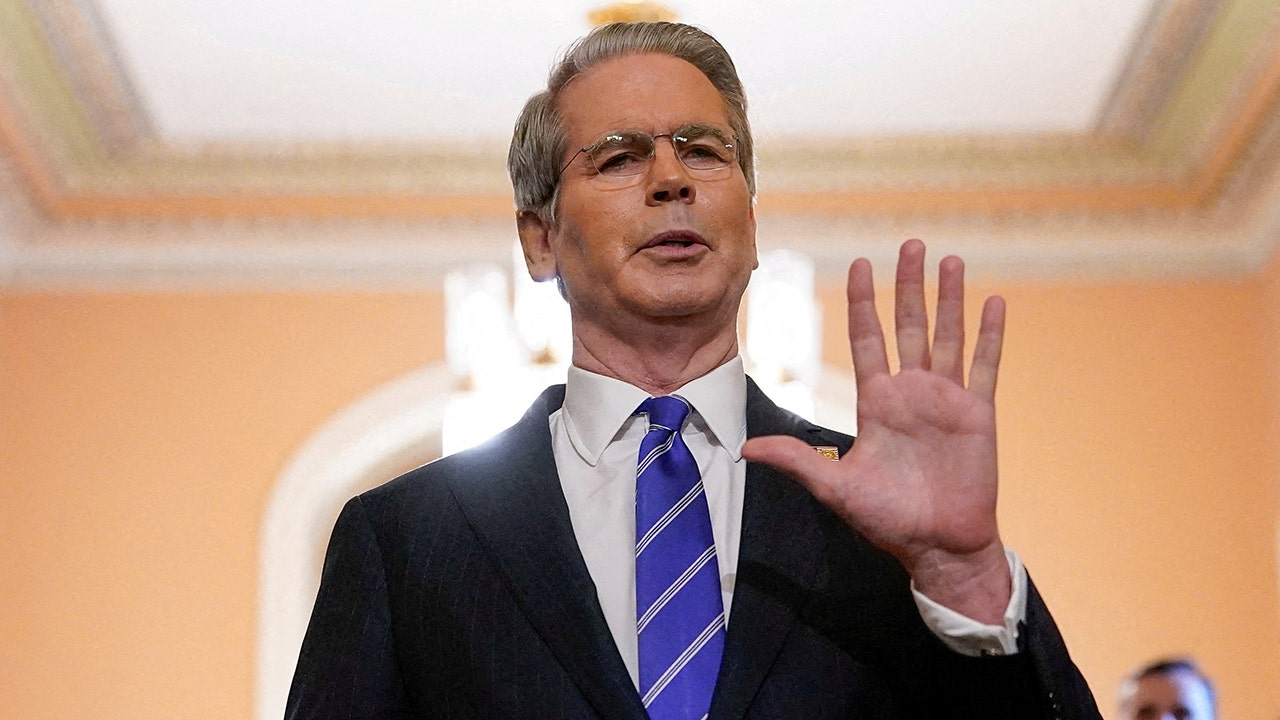
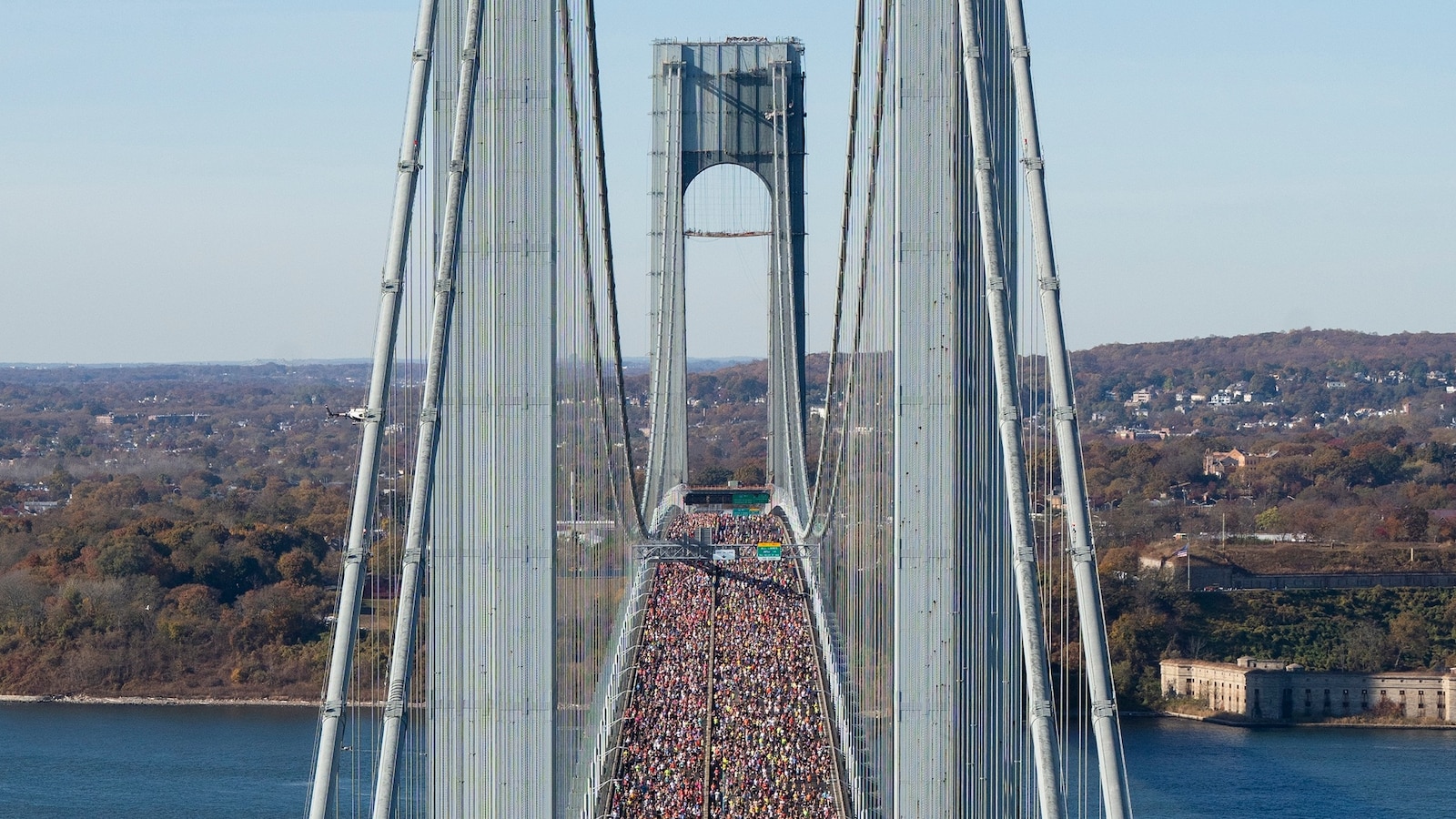
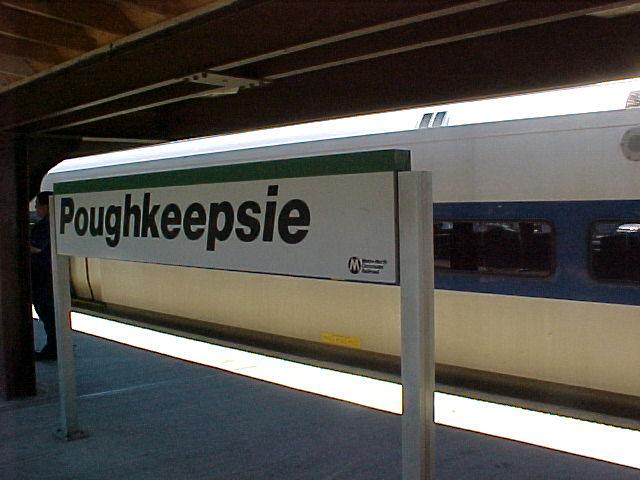


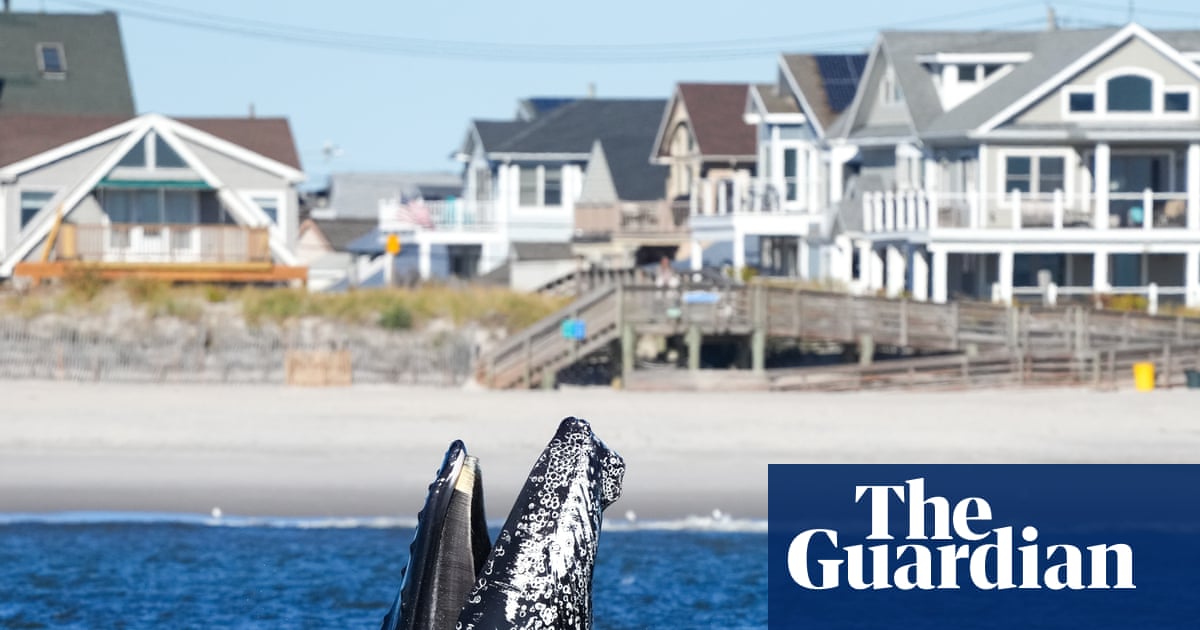

Comments
Join Our Community
Sign up to share your thoughts, engage with others, and become part of our growing community.
No comments yet
Be the first to share your thoughts and start the conversation!